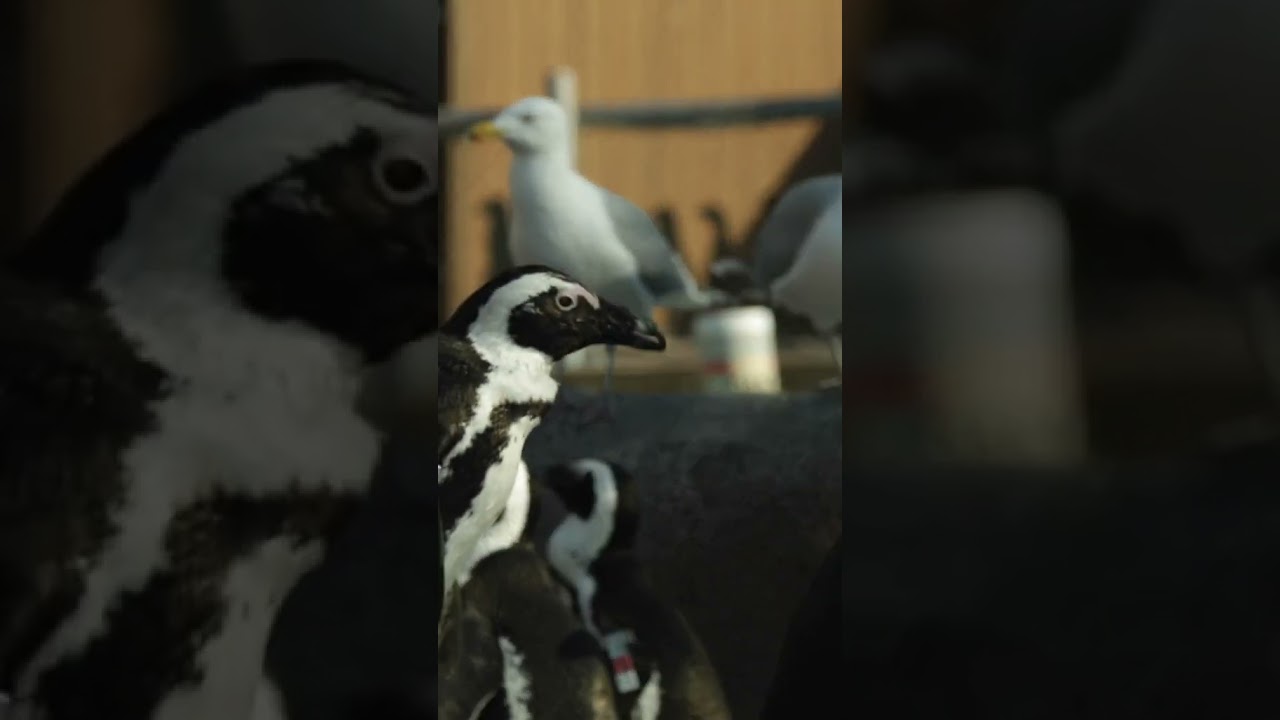– The ethical implications of intrusive observation in animal habitats
– Strategies for minimizing human impact on wildlife in the context of zoo management and wildlife conservation
– The importance of privacy measures in animal enclosures for promoting natural behavior and well-being
– The role of technology in enhancing animal privacy without compromising educational opportunities for zoo visitors
– Future directions in zoo design and management to prioritize animal welfare and conservation efforts
In the modern world, the phenomenon known as “It’s Giving Nosy Neighbors” encapsulates more than just a whimsical phrase; it serves as a poignant metaphor for the delicate balance between curiosity-driven observation and the preservation of privacy, especially in the context of animal habitats. This notion extends into zoology, zoo management, and wildlife conservation, where the ethics of observation constantly evolve alongside our understanding of animal needs and rights. This article delves into the intricate balance of fostering educational engagement and ensuring the well-being of animals within controlled environments.
The ethical implications of intrusive observation in animal habitats are manifold. Historically, humans have been fascinated by the natural world, a curiosity that has fueled scientific discovery and the proliferation of zoos and wildlife parks. However, this curiosity must be tempered with respect and responsibility towards animal inhabitants. The concept of “It’s Giving Nosy Neighbors” highlights how constant, unregulated observation can stress or alter the natural behaviors of zoo animals. Ethical zoo management practices now emphasize the need for privacy zones within enclosures, where animals can retreat from the public gaze. By equipping enclosures with secluded areas, zoos can simulate a more natural environment, contributing positively to animal welfare.
Strategies for minimizing human impact include the thoughtful design of habitats that provide animals with ample space to exhibit natural behaviors without feeling encroached upon by visitors. Advances in landscape architecture and enclosure design allow for the creation of visually minimal barriers yet effective in maintaining a respectful distance between humans and animals. For example, moats, glass panels, and vegetative buffers can keep animals at ease while offering guests meaningful viewing opportunities. These solutions showcase how zoo management can reconcile public interest with the needs of the animals, illustrating a commitment to ethical stewardship and the promotion of biodiversity.
Privacy in animal enclosures is not just a matter of ethics but also essential for zoo inhabitants’ health and behavioral well-being. Animals under constant observation may exhibit signs of stress, such as pacing, over-grooming, or aggression, behaviors that are less common in more private settings. By observing “It’s Giving Nosy Neighbors” policies, zoos can avoid these issues, creating environments where animals feel secure and undisturbed. Furthermore, providing animals with control over their visibility empowers them to engage with the public on their terms, which is a step towards honoring their agency and complexity.
The role of technology in this domain cannot be overstated. Innovations such as live-streaming cameras installed within enclosures offer a compromise, allowing people to observe animals without physically intruding into their space. This approach reduces stress on the animals and expands access to wildlife education to a global audience, transcending geographical limitations. Additionally, technology aids in the non-invasive monitoring of health and behavior, which is crucial for conservation research. In this way, “It’s Giving Nosy Neighbors” reminds us of the potential benefits and pitfalls of our desire to watch and learn from wild animals, urging a responsible integration of technology in zoo environments.
Looking toward the future, zoo design and management practices are increasingly guided by animal welfare and conservation principles. The concept of “It’s Giving Nosy Neighbors” propels this evolution, encouraging the adoption of enclosure designs that respect animal privacy, promote natural behaviors, and support educational and conservation goals. As we progress, zoos must act as advocates for wildlife, using their platforms to educate the public on the importance of biodiversity and the need to protect natural habitats. By doing so, zoos improve the lives of their resident animals and contribute to broader conservation efforts, fostering a more harmonious relationship between humans and the natural world.
In this context, “It’s Giving Nosy Neighbors” resonates as a call to action, urging a reevaluation of how we interact with and observe non-human life. It challenges us to consider the impact of our curiosity and to seek ways to satisfy it without compromising the dignity and well-being of animals. Through a combination of ethical considerations, innovative design, and the judicious use of technology, it is possible to create zoo environments that respect the privacy needs of animal inhabitants while still fulfilling educational and conservation objectives. As we move forward, this balanced approach will remain pivotal in guiding the evolution of zoos into spaces where animal welfare and human curiosity can coexist in harmony.
*****
Source Description
#WaddleHappenNext #PenguinCoast #MarylandZoo

